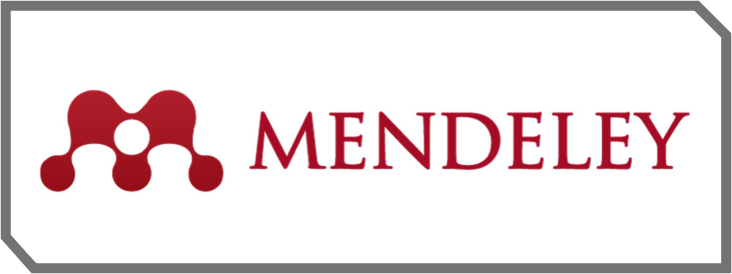Teachıng And Learnıng Englısh Vocabulary And Nurturıng Independent Learnıng Usıng Lextutor
DOI:
https://doi.org/10.58192/insdun.v2i4.1300Keywords:
Lextutor, Online Software, Teaching and Learning, and VocabularyAbstract
The aim of this paper is to highlight the role of Lextutor an online software for achieving educational objectives. Lextutor is an online resource which presents a new teaching-learning environment and also offers a variety of activities for educators and learners to use it in English vocabulary classroom and to nurture independent learning. Since vocabulary becomes very fundamental in language learning, both speaking and writing and independent learning is currently popular and needs to be developed, educators and learners can use wordlists, online concordance and dictionary, and texts, which can be accessed in the available programs. In addition, Lextutor also serves database to store the work and view the others’ work. Most importantly, this online software comes up with the transformation to change the traditional setting of learning by giving inputs on DDL learning. It is expected that learners can be more independent and active in learning, enabling greater motivation and deeper learning. This paper reviews literature and gives scholarly background by reviewing some contributions and concepts made by experts in the related field. Furthermore, some benefits of using Lextutor are found in this research.
References
Arikunto, S. 2006. Prosedur Penelitian; Suatu pendekatan Praktik. Jakarta: Rineka Cipta.
Benson, P. 2001. Teaching and Researching Autonomy in Language Learning. Harlow: Pearson Education Limited.
Candy, P. C. 1991. Self-direction for lifelong learning: A comprehensive guide to theory and practice. (1st. ed) Jossey Bass.
Flowerdew, J. 1996. Concordancing in language learning.In Pennington, M. C. The power
O / CALL, (pp. 97-113). Houston: Athelstan Publications.
Holec, H. (1981). Autonomy and Foreign Language Learning. Oxford: Pergamon Press
Johns, T. (1994). From printout to handout: Grammar and vocabulary teaching in the context of data-driven learning. In T. Odlin (Ed.), Perspectives on Pedagogical Grammar (pp. 293–313). New York: Cambridge University Press.
Knight. P. 1996. Independent Study, independent studies and ‘core skills’ in higher education. in: Tait, J and Knight. P. eds. (1996). The management of independent learning. London: Kogan Page in association with SEDA.
Long, M. H. 2005. Methodological issues in learner needs analysis. In M. H. Long, (Ed). Second language needs analysis. Pp. 19-76. Cambridge: Cambridge University Press.
Meyer, B., Haywood, N., Sachdev, D & Faraday, S. 2008. Independent Learning –Literature Review, Research Report DCSF-RR051 (Department for Children School sand Families).
David Nunan, (1992). Research Methods in Language Learning. New York: Cambridge University Press, 1992),
Paul E. S .1981. Quantitative Applications in the Social Sciences.United Kingdom: SAGE Publication Ltd.
Saleh, M. 2010. Statistics in Educational Research. Semarang: Jurusan Bahasa Inggris FBS UNNES.
Zimmerman, B.J. 1986. Becoming a self-regulated learner: Which are the key subprocesses? ContemporaryEducationalPsychology,11,307 http://webapp.ln.edu.hk/ceal/elss/sites/default/files/exercise/cate/Independent-Learning/Independent%20Learning%201/Independent%20Learning%201/index.htm









